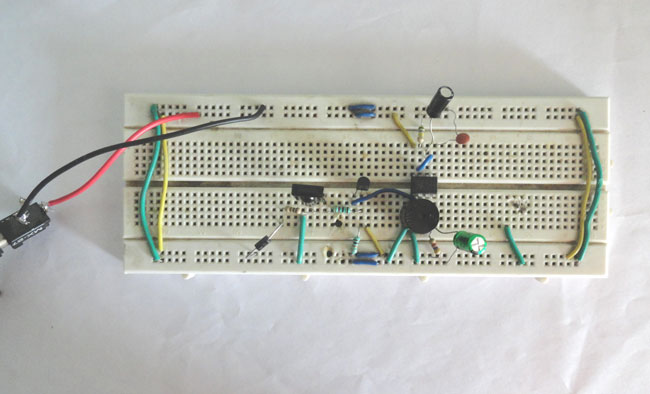hildren like to watch cartoons movies or any other their favourite show on the television and do not pay attention on their studies even at the time of examination. So to keep eye on children we have design a parental control device. When the children in your home hold the remote of the television to on the TV or want to change channel and press any button of the remote then a loud sound would be generated by the device. And these will let you know that your child has tried to switch on the TV. The main advantage of these circuit is that you can easily do your work without any trouble as it produces loud noise so you can hear the noise while working in the kitchen or while sitting in the nearby room.

Fig. 1: Prototype of 555 IC based TV Parental Control Device
Circuit Diagrams
Filed Under: 555 Timers, Electronic Projects



Questions related to this article?
👉Ask and discuss on EDAboard.com and Electro-Tech-Online.com forums.
Tell Us What You Think!!
You must be logged in to post a comment.